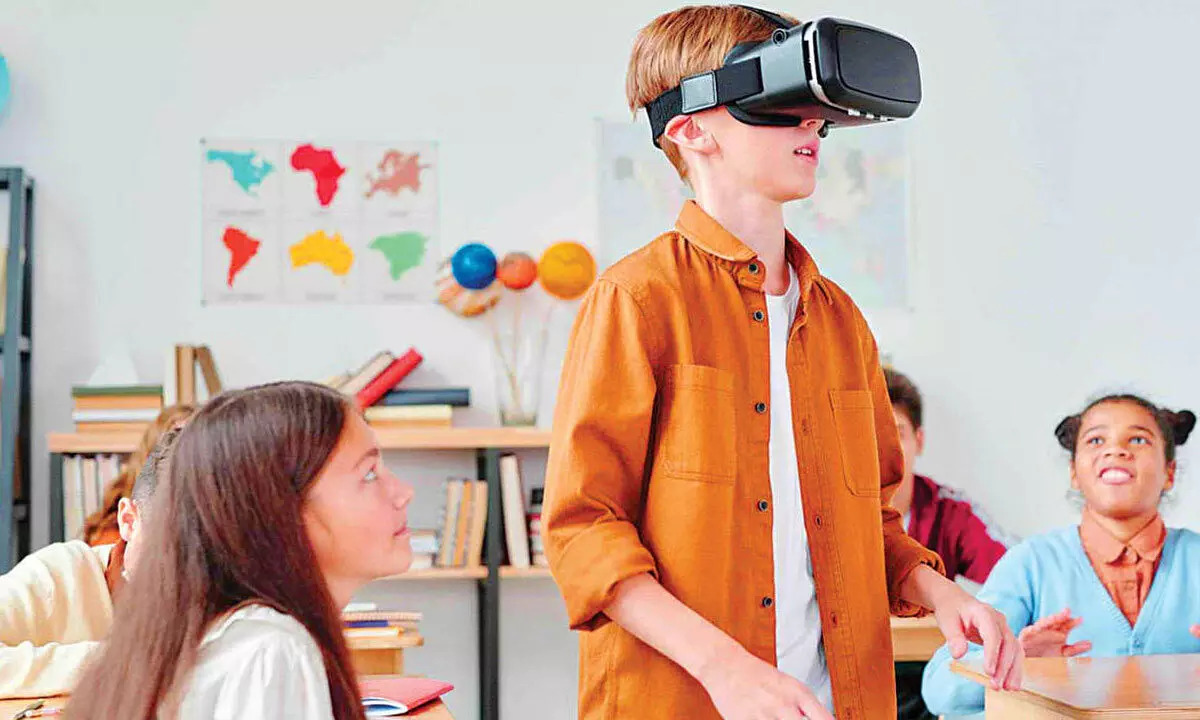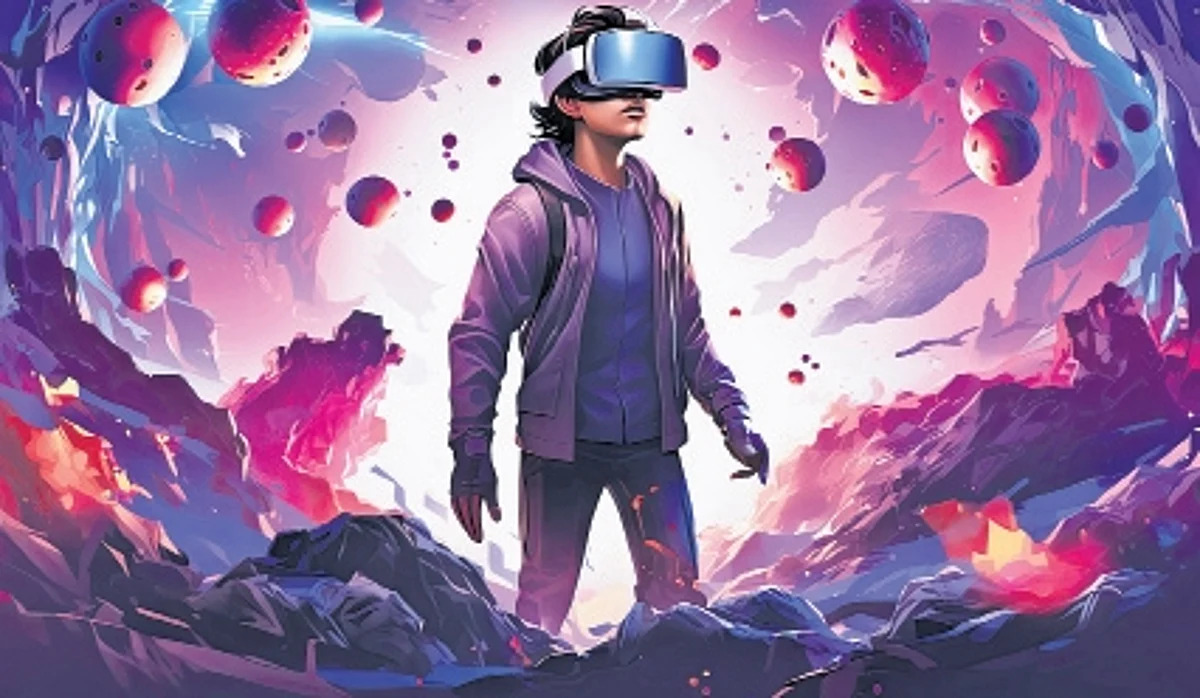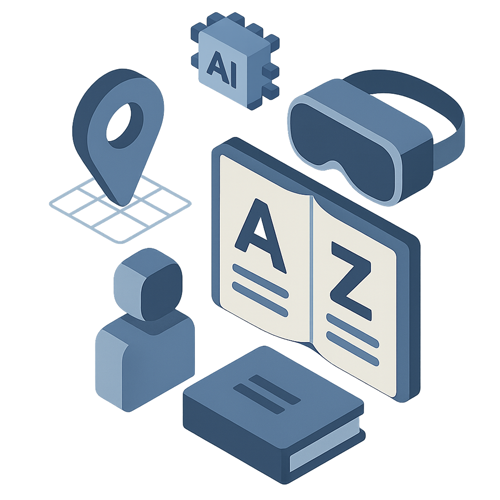In a world where technology is rapidly transforming design, architecture education is undergoing a profound shift. Tools like Augmented Reality (AR)…
In a world where technology is rapidly transforming design, architecture education is undergoing a profound shift. Tools like Augmented Reality (AR) and Virtual Reality (VR) are taking students beyond sketches and models, allowing them to walk through spaces before a s ingle brick is laid.Dr. Prof. Anand Achari, Principal at VES College of Architecture, shares how immersive technologies are changing the way future architects think, feel, and create—and why adaptability and empathy are now essential design skills.
xcerpts from an interview What excites you most about the role of immersive technologies like AR and VR in reshaping how architecture is taught and experienced today? What excites me is the shift from imagination to immersion. In traditional architecture education, students relied heavily on drawings, physical models, and their ability to mentally visualise a space. AR and VR remove those limitations. Now, students can step inside their designs, exploring scale, proportions, and light in real time. That kind of spatial understanding, especially early in their journey, is transformative.
Key takeaway for students: Don’t just draw your designs—experience them. Immersive tools help you notice details you’d miss on paper. How are AR and VR redefining how students and professionals approach form, function, and human interaction within built environments? These tools are blurring the old separation between form and function. In VR, you can feel how people might move through a space before it’s even built. For example, you might notice that a hallway feels too narrow or that natural light shifts in ways you didn’t expect. But the biggest impact is empathy. AR and VR allow you to experience your design from different perspectives—a child’s, an elderly person’s, or someone with mobility challenges. That leads to more inclusive, people-centred design.
Key takeaway for students: Use immersive tech to design for all users, not just the average one. Are there moments where AR or VR directly led to a breakthrough in student understanding or innovation? One example comes from a community housing project last year. On paper, the design seemed perfect. But when students walked through it in VR, they immediately saw that common areas felt too enclosed and lacked natural light.
They reworked the layout, opening courtyards andreorienting buildings to improve light and circulation. The change wasn’t just technical—it made the space feel alive. We’ve seen similar breakthroughs in school, market, and transport hub designs. Students stop seeing their projects as lines and start experiencing them as life. That sense of connection makes them more committed to quality and usability. Key takeaway for students: Be ready to redesign. Immersion often reveals flaws you can’t see in 2D plans.
How important is it for future architects to engage with disciplines outside architecture—such as coding, environmental science, or behavioural psychology—especially when working with emerging tech? It’s essential. Architecture no longer exists in a silo. If you understand coding, you can develop your own simulation tools or responsive designs. Environmental science deepens your approach to sustainability—it’s not just about green facades but about energy loops, materials, and microclimates. Behavioural psychology helps you design for how people feel in a space, not just how they move through it. That’s where human-centred design thrives. We actively encourage students to collaborate with technologists, environmentalists, and social workers. The most innovative ideas often come from these cross-disciplinary conversations. Key takeaway for students: Step outside your discipline. Innovation often comes from the intersections. Looking ahead, what skills or mindsets must architecture students cultivate to stay relevant in a tech-accelerated, climate-conscious world? You must become adaptive thinkers with a strong ethical foundation. The world is changing rapidly—climate challenges, technological disruptions, and shifting social needs require architects who are flexible and committed to lifelong learning. This means: • Staying curious about new tools and methods. • Designing with sustainability as a baseline, not an afterthought. • Building inclusivity into every project. • Working comfortably in interdisciplinary teams. Architecture isn’t just about creating beautiful spaces—it’s about designing responsibly for a complex, evolving world. Key takeaway for students: Your mindset matters as much as your skillset. Be adaptable, ethical, and socially aware. As Dr. Achari puts it, immersive technologies like AR and VR aren’t just digital gimmicks—they are bridges between imagination and reality. They sharpen spatial awareness, build empathy, and encourage a richer, more human-centred approach to design. sFor students, the lesson is clear: embrace these tools, explore other disciplines, and never lose sight of architecture’s purpose—to create spaces that improve lives.
Quelle:






